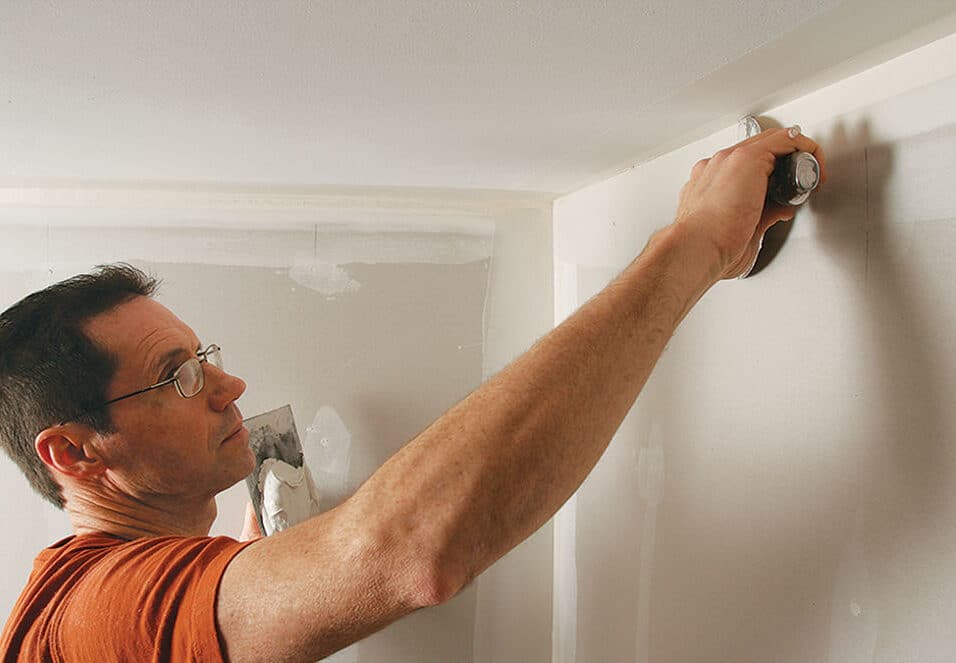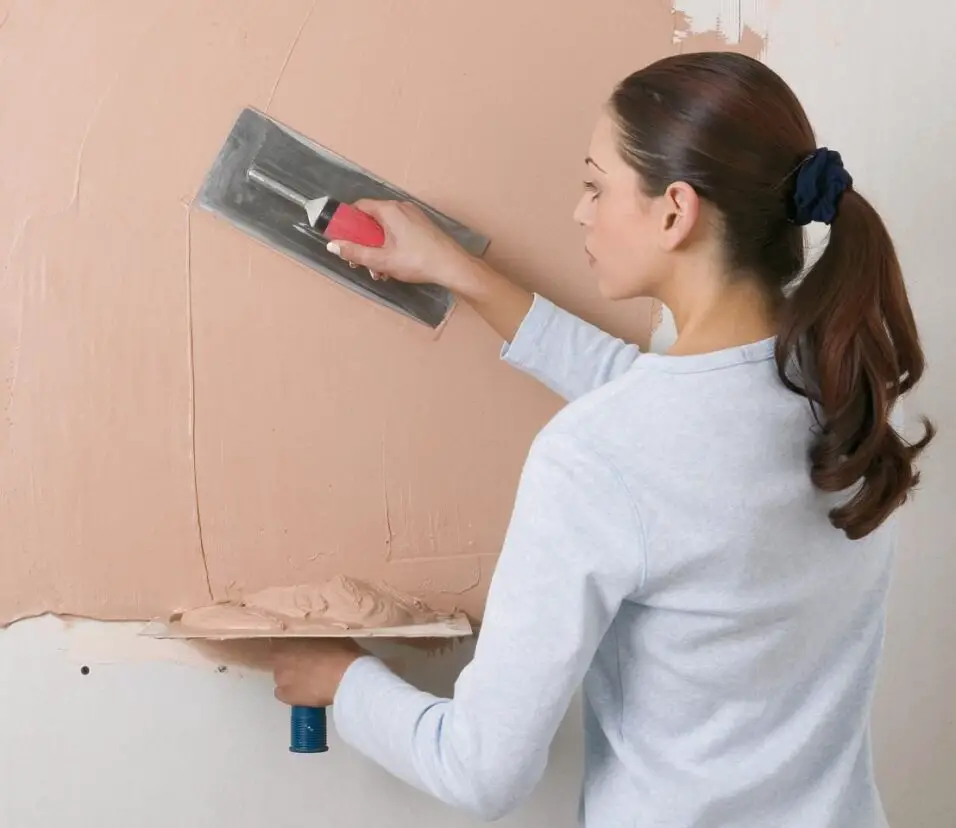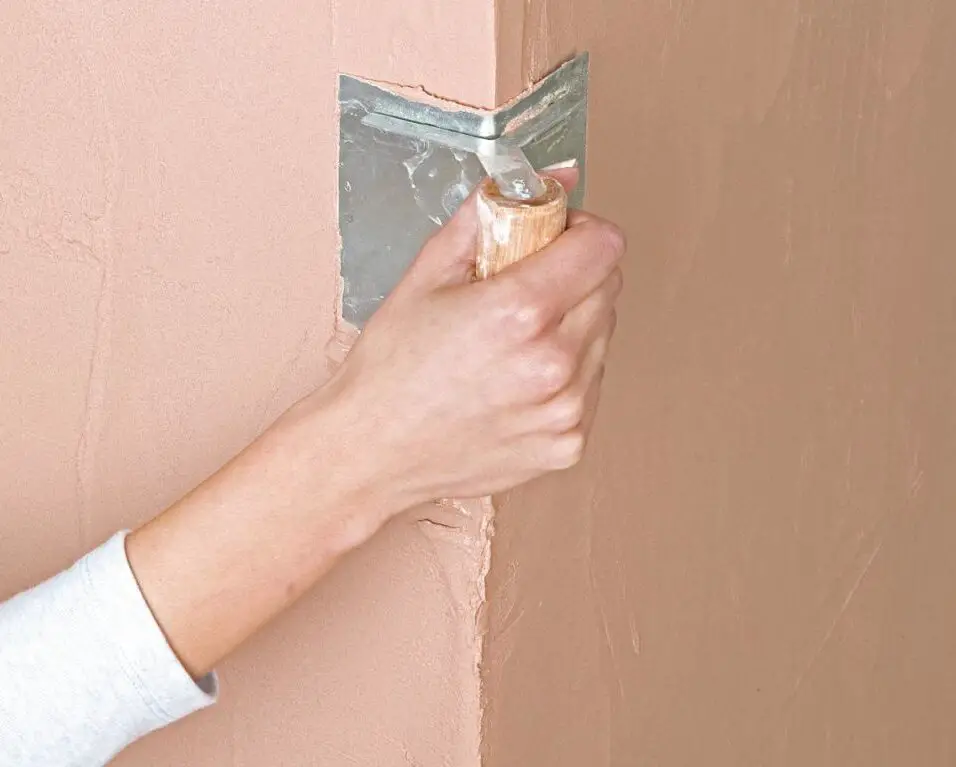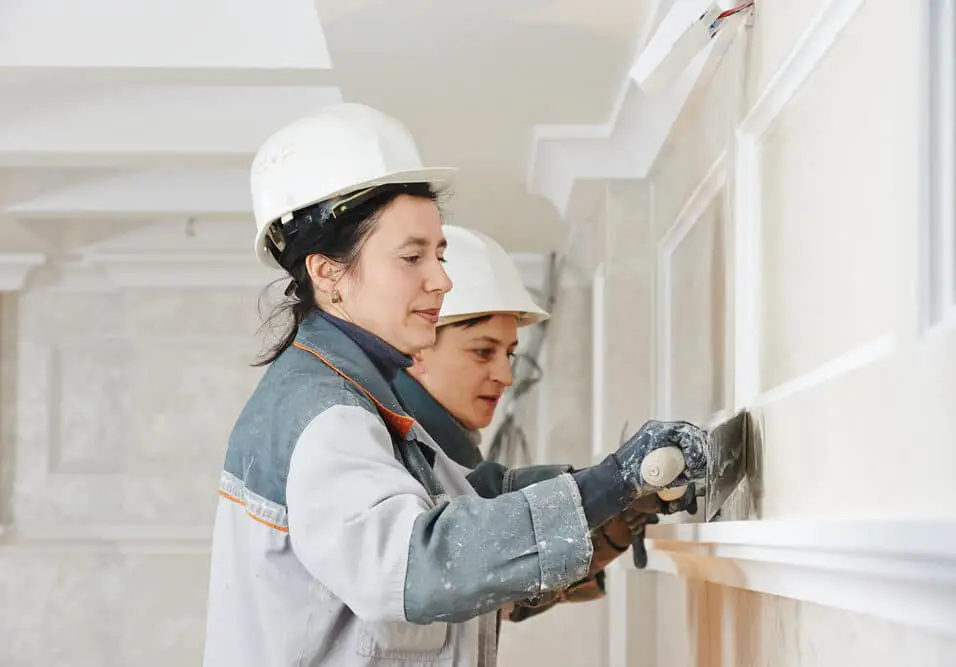What Is Half Wall Paneling Called
Introduction
What Is Half Wall Paneling Called: Half wall paneling, a design trend that adds sophistication and character to interior spaces, has gained significant popularity in recent years. This architectural feature, often referred to by various names, serves both aesthetic and functional purposes.
Half wall paneling, also known as wainscoting or dado railing, is a decorative wall treatment that typically covers the lower portion of a wall. Today, it has evolved into a versatile design element, used to create visual interest, divide spaces, and evoke a sense of timeless elegance. While wainscoting and dado railing are common terms for this design feature, there are regional and stylistic variations that come with their unique names. In this comprehensive guide, we’ll delve into the world of half wall paneling, exploring its different appellations, styles, and applications.
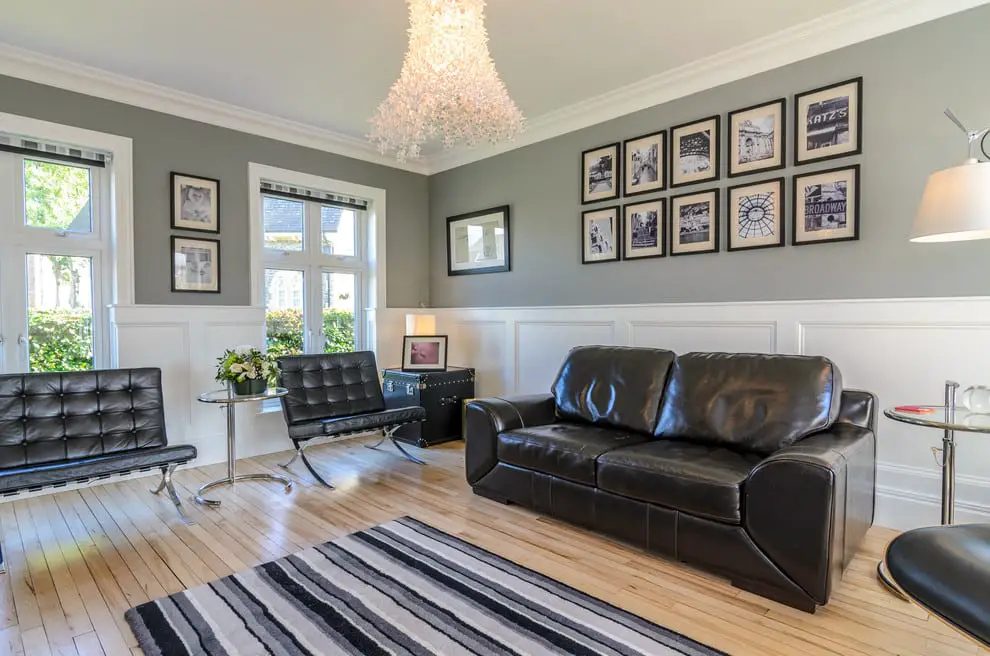
What is half paneled wall called?
The term wainscoting actually refers to a style of paneling rather than a specific material. Typically made of wood, it’s paneling that covers the lower third or half of a wall in a room to help prevent damage, to cover up damage, aid with soundproofing, or simply as a decorative addition.
In summary, a half-paneled wall is known as “wainscoting,” a versatile and stylish interior design choice that combines both aesthetics and functionality. Wainscoting has a rich history and continues to be a popular way to enhance the beauty and character of interior spaces.
What is paneling on the wall called?
Wainscoting is a general term for wall paneling, while beadboard is a specific style that uses vertical panels. With wainscoting, you can separate the boards using decorative elements or by using frames around panels. Beadboard differs because you get vertical grooves and small ridges between each board.
It’s a broad term that encompasses a wide range of styles, designs, and applications.
Wall paneling can serve various purposes, including:
- Aesthetics: It comes in various styles, from classic wood paneling to modern and minimalist designs, allowing homeowners and designers to achieve specific looks.
- Functionality: Wall paneling can provide insulation, soundproofing, and protection for walls.
- Ambiance: Different types of wall paneling materials, such as wood, can influence the ambiance of a room. For example, wood paneling can create a warm and inviting atmosphere.
- Style: Wall paneling can be a key element in defining a room’s style, whether it’s rustic, contemporary, traditional, or industrial.
- Durability: Depending on the material chosen, wall paneling can be durable and long-lasting, making it a practical choice for areas that require extra protection, such as hallways or dining rooms.
What is the difference between paneling and wainscoting?
In a nutshell, wainscoting is a type of decorative paneling.
While “paneling” and “wainscoting” are often used interchangeably,
there are subtle differences between the two:
- Coverage: Wainscoting is a specific type of wall paneling that covers only the lower portion of a wall, typically up to chair rail height.
- Design: In contrast, paneling can encompass a broader range of styles, from simple flat panels to more intricate patterns.
- Function: While paneling can serve both functional and decorative purposes, depending on its application.
In essence, wainscoting is a specific type of wall paneling that covers the lower portion of a wall, while paneling is a more general term that encompasses a variety of wall-covering materials and styles. The choice between the two depends on the design intent and the desired aesthetic for a particular space.
Can you panel half a wall?
Some prefer panelling only half the wall, while others love the full panelled look. Remember to account for top and base panels (the frame) as well as vertical and horizontal panels. ‘It may sound obvious, but make sure you measure your walls accurately.
This approach is a popular interior design choice that combines both aesthetic and functional elements. It adds visual interest, texture, and architectural detail to a space while also serving the practical purpose of protecting the lower part of the wall from scuffs, dings, and other wear and tear, especially in high-traffic areas.
What are wooden half walls called?
Wooden half walls are often referred to as “wainscoting” or “wainscot paneling.” Wainscoting is a classic and decorative wall treatment that involves covering the lower portion of a wall, typically up to chair rail height, with wooden panels, moldings, and sometimes additional decorative elements such as wallpaper or paint.
How high is half panelling?
This will suit rooms with a standard ceiling height. There are exceptions with ceiling height, and if you are fitting half wall paneling into a kitchen or utility room.
Half paneling, often referred to as wainscoting, typically covers the lower portion of a wall up to chair rail height.
- Design Preference: The exact height of half paneling can be adjusted based on design preferences and aesthetic considerations.
- Architectural Style: The architectural style of the space can influence the height of the wainscoting. In some historic homes, wainscoting might be taller, while in modern interiors, it is often more standardized.
- Functionality: The height of wainscoting can also be determined by its intended functionality.
- Room Type: The type of room can influence the paneling height.
What is French paneling called?
As time went on, decorative panelling, or wainscoting, turned into a fine art. Linen-fold panelling was a decorated and embellished style that became popular in the 15th century. Boiserie panelling, which is ornate and intricately carved, became favored in French interior design in the late 17th century.
The term “boiserie” itself comes from the French word “bois,” which means wood.
What is cedar paneling?
Cedar paneling refers to the use of cedar wood as a material for wall paneling.
Here are some key features and considerations related to cedar paneling:
- Aesthetic Appeal: Cedar wood is prized for its natural beauty. It often has a rich, reddish-brown color with intricate grain patterns that can enhance the visual appeal of interior spaces.
- Durability: Cedar is naturally resistant to decay, insects, and moisture. This inherent durability makes it an excellent choice for applications where protection against environmental factors is essential.
- Aromatic Qualities: Cedar wood has a pleasant, aromatic scent due to the presence of natural oils and compounds. This aroma can create a refreshing and welcoming atmosphere when used in interior spaces.
- Moisture Resistance: Cedar’s natural oils help it resist moisture, making it suitable for use in damp environments like bathrooms or saunas.
- Insulating Properties: Cedar wood has natural insulating properties, which can contribute to better temperature control within a room.
- Variety of Types: Each type may offer slightly different colors and grain patterns.
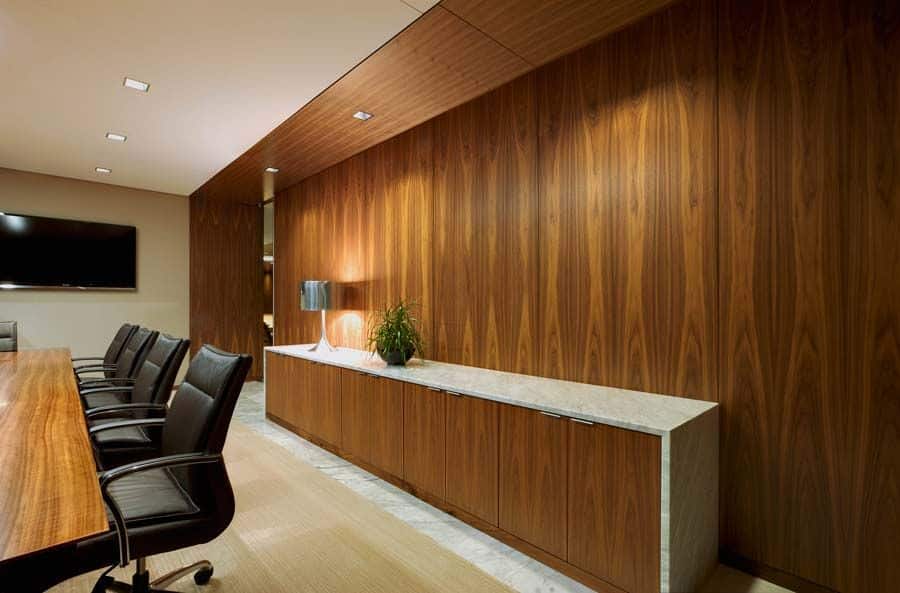
Conclusion
As we’ve explored the various names and styles associated with half wall paneling, it’s clear that this design feature has transcended time and continues to be a sought-after addition to homes, restaurants, and commercial spaces alike. It adds texture, character, and a touch of history to modern interiors while serving practical purposes such as protecting walls from wear and tear.
Whether one is contemplating a residential remodeling project, aiming to enhance their comprehension of architectural language, or merely admiring the aesthetic appeal of interior design, it is undeniable that half wall paneling, regardless of its nomenclature, continues to be a captivating and enduring element within the realm of décor. Embrace this enduring trend and allow it to augment the aesthetic appeal and allure of your living spaces.




